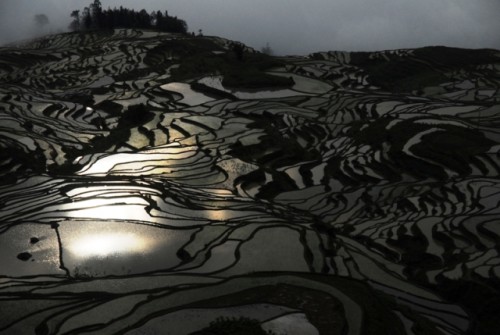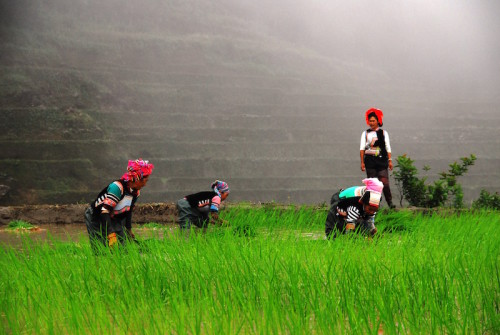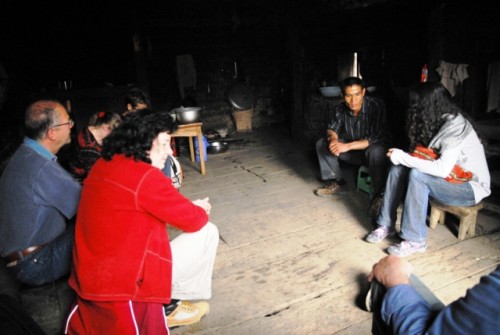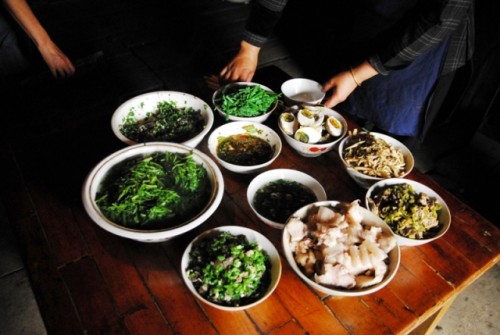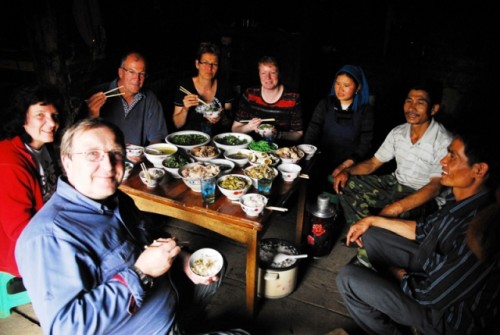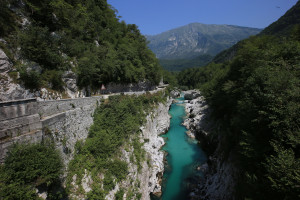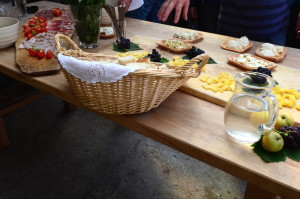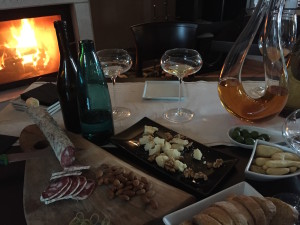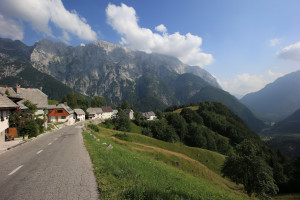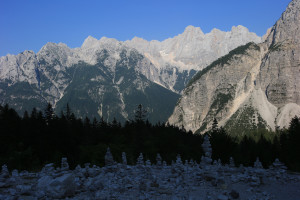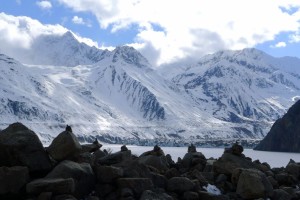The small Yunnanese town of Yuanyang is famed for the steep tiers of rice terraces that snake across hillsides around the town. In winter, dawn light sparkling off the watery fields attracts legions of photographers eager to capture the sight on film – a group of On the Road photographers is about to leave for the region next week.
While many visitors come for the landscape, Yuanyang’s human side – the Hani farmers have worked the terraces for generations – is well worth exploring too. A few years ago, we were searching for a way to incorporate more contact with local communities into our itineraries. One of our guides, Zoe, had befriended the bellhop at Yuanyang’s Yunti Hotel, and he offered to introduce us to his uncle, who was the headman of a village amongst the rice fields.
One day in May, we set out from Yuanyang with a group of Swiss guests to meet the uncle and visit his village. The wisps of mist that enshrouded the rice fields slowly burnt off over the course of the walk to the village as our guests peppered the uncle with questions about village life.
The uncle took us to a house in the centre of the village. We had to duck to get through the door, and groped our way up a steep, dark staircase with a rope for a railing. The upstairs room was dark and smoky from cigarettes and an open fireplace, with a single window that allowed a cone of light to illuminate the room. Eight low stools were arranged around a small table for us. Our guests’ faces betrayed a mixture of delight – oh so exotic and friendly! – and fright – where had I taken them to?
We took our seats and while the Q&A session continued – what is the main trade of the village? Do you have a school? How many inhabitants are there? What’s the average income? What do you think about the future? How many people live in your house? — lunch began to be served. The plates gradually accumulated – at first two dishes, then four, then eight, then twelve, they just kept coming.
Eventually, the mayor motioned for us to begin eating when Zoe suddenly started crying and burst into almost uncontrollable tears. We all looked at her, unsure what to do. I patted her on the shoulder and asked, “Zoe, what’s wrong?”
“Nothing, it’s nothing, really,” she managed to say between sobs, “it’s just that, look, look at all this food! These poor people are serving up all this for us, but maybe they would only eat like this once a year themselves, maybe never in their lives…” As Zoe spoke, a guest, Edith, got up and walked to Zoe, pulled her to her feet and gave her a warm hug.
No words were spoken while Zoe and Edith stood there hugging, but perhaps for a moment we all felt linguistic and cultural barriers giving way to a moment of shared emotion. At a time when nationalistic fires are being fanned around the world, it seems a timely reminder that behind the headlines there are millions of ordinary people, like the bellhop’s uncle, and like Zoe and Edith, who are making their way through life, trying to do the best for their families, and trying to lead good lives. Travel is one fantastic way to remind ourselves of this, and as Mark Twain put it in The Innocents Abroad, adapted somehow for this story:
“People need travel sorely. Broad, wholesome, charitable views of men and things cannot be acquired by vegetating in one little corner of the earth all one’s lifetime. Travel, then, is fatal to prejudice, bigotry and narrow-mindedness.” Let us celebrate these fatalities!
On the Road takes you to Yuanyang rice terraces on these journeys:
- Photography with Ron Yue – Yunnan through a Lens: Red Earth and Fields of Gold
- Photography with Ron Yue – Yunnan through a Lens: The Exotic South
- Discovery – From Yunnan to the Lanna Kingdom
